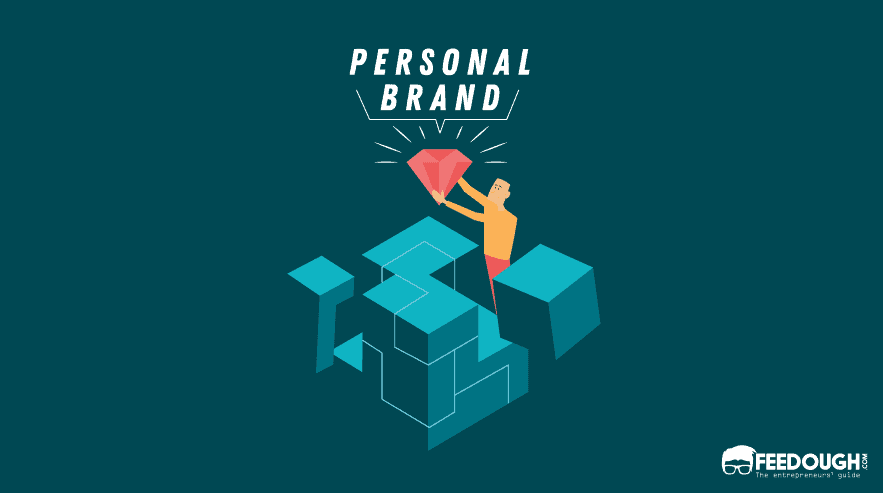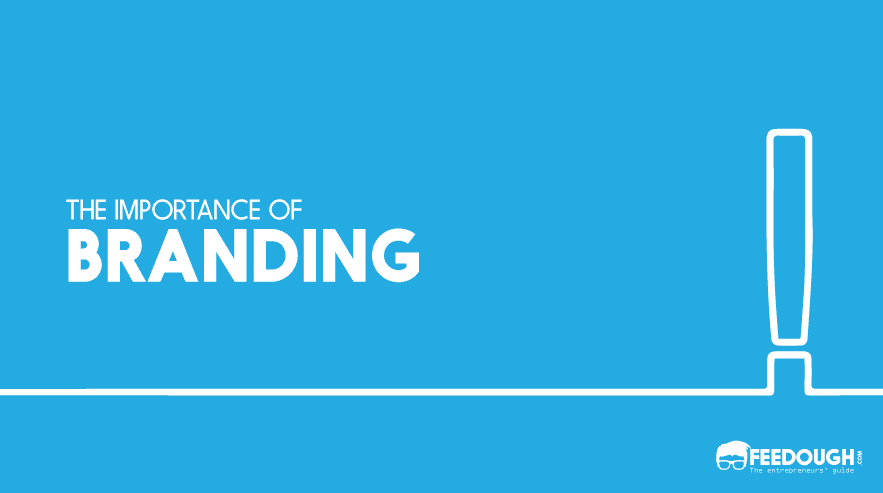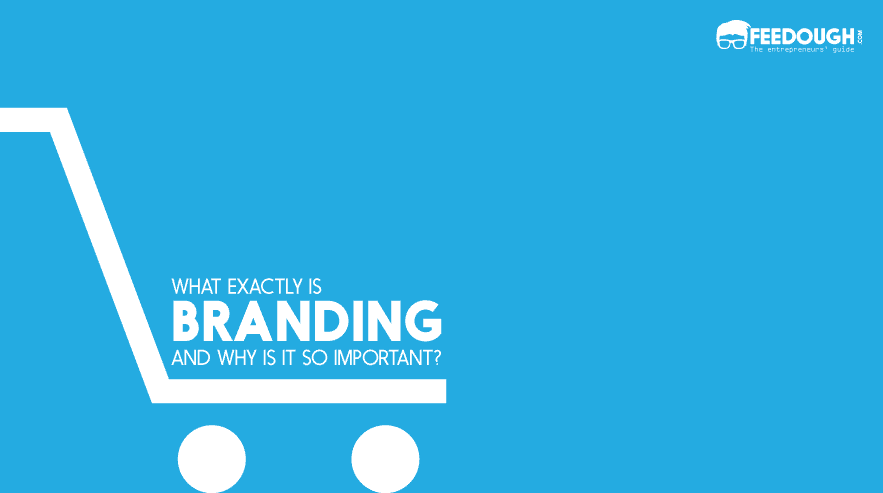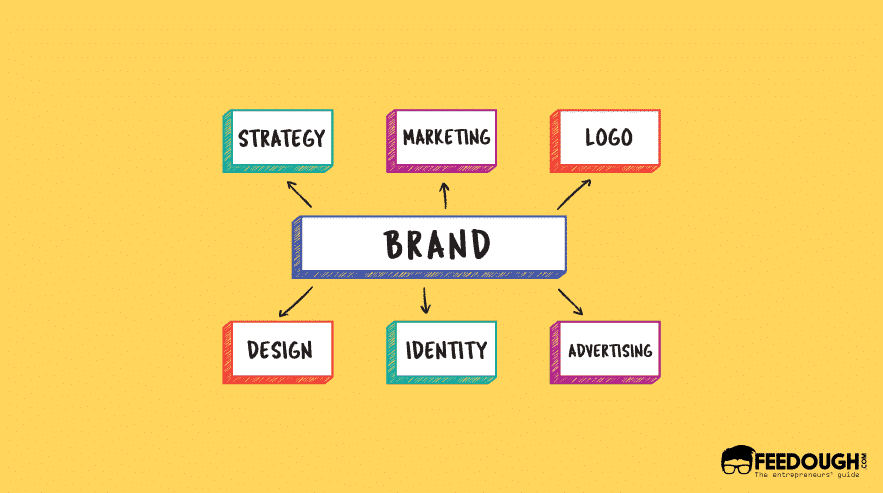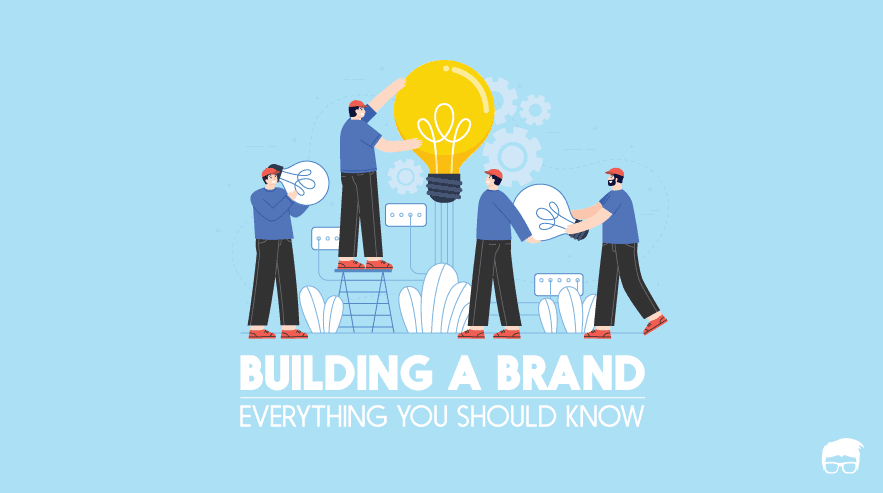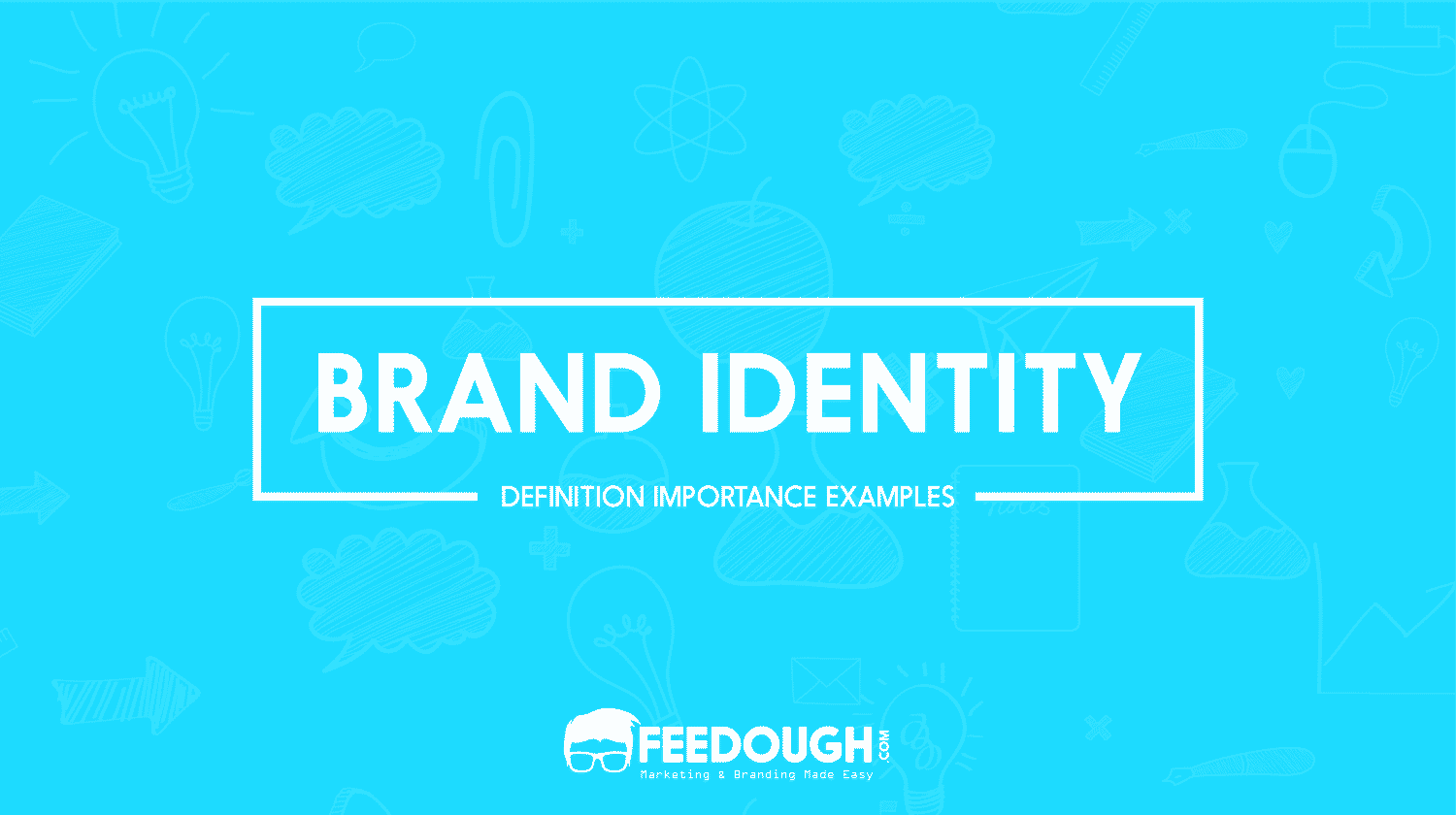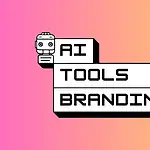It’s a proven fact that people prefer buying brands to generic products. The same people prefer to partner with or give the job to a person who has a personal brand.
But what exactly is a brand and why does it apply to humans too?
A brand is a combination of unique characteristics which differentiates you from others. It is a combination of your voice, face, name, and your associations like your personal blog, achievements, company, partners, LinkedIn profile, etc.
Branding a business or a product is common, but branding a human has become of equal importance today. People are looking at your profile every day:
- when they receive your job application, a partnership proposal, or just an email,
- when they hear or read about your company,
- when they visit your company (or your company’s website),
- when they hear about you from a friend, etc.
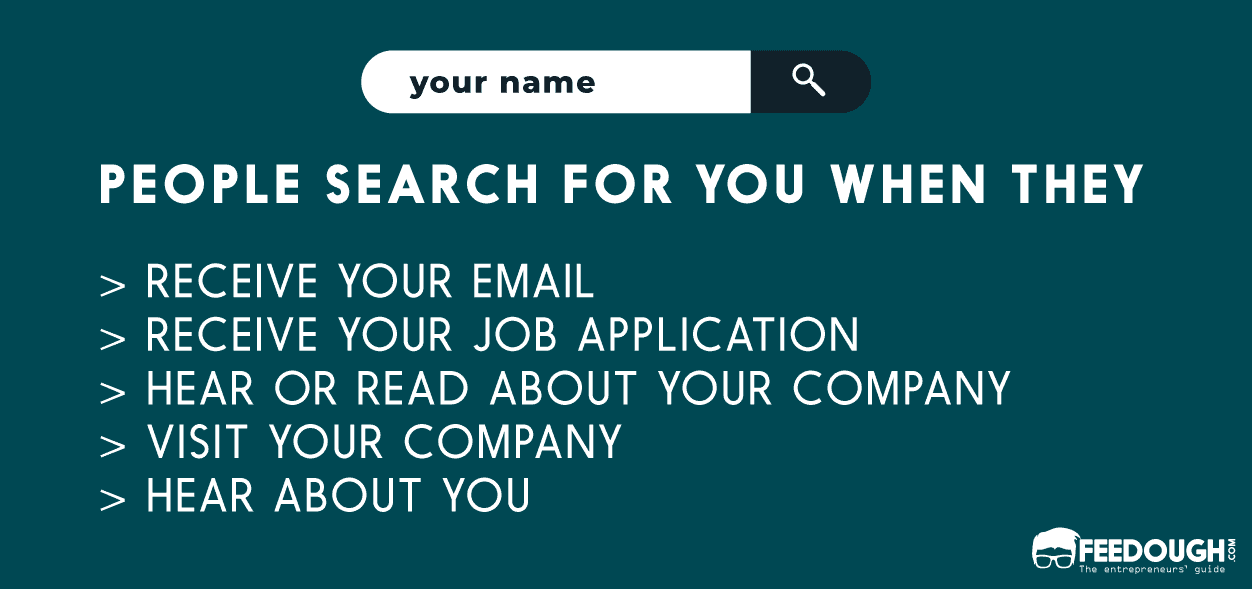
What Is Personal Branding?
Personal branding refers to the process of differentiating yourself from others by establishing and promoting your unique combination of skills, traits, features, and associations that makes you you. It is the means by which people remember you.
Why Personal Branding Matters?
Maybe you’re an entrepreneur who has just started his startup or a successful businessman who is running an MNC. The basic clause of your separate legal entity from your business should act as a trigger to build your own personal brand. Or maybe you’re a job aspirant aspiring to apply and get a call from your dream company. The need to differentiate yourself from others should be enough motivation to start working on your own brand.
Personal branding is much more than self-promotion. It helps you define who you are and who you want to be. It boosts your self-confidence, makes you more professional, helps you define your vision, and make you stand out of millions who don’t have a personal brand.
The Personal Brand Building Process
How can you build your own personal brand? What all can you do to stand out from the crowd?
Here’s a process that’ll help you build your personal brand.
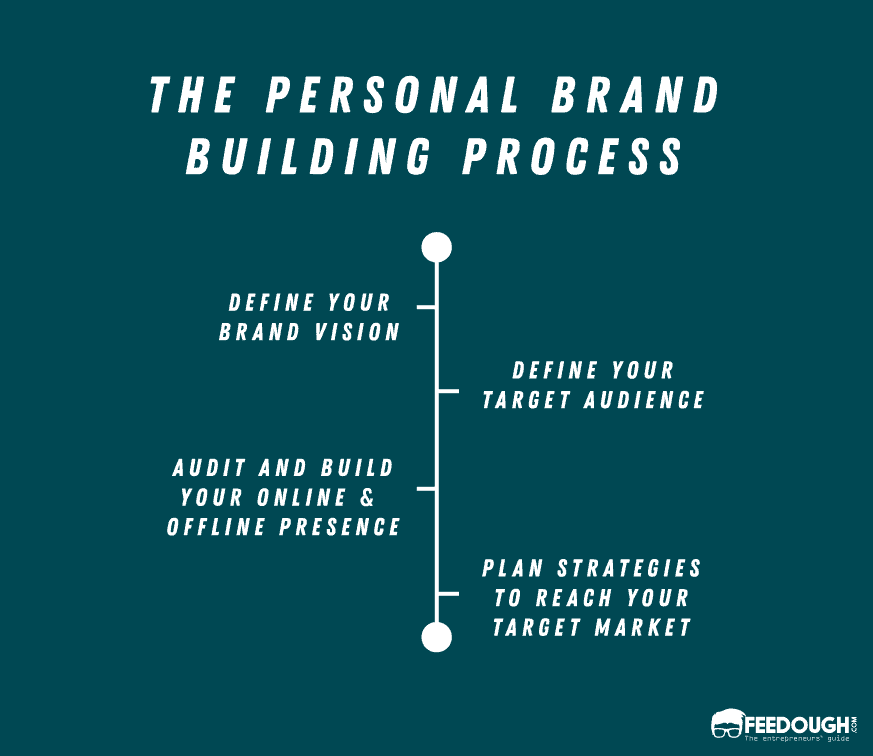
Define Your Personal Brand Vision
Coming back to the basics: A brand is a combination of unique characteristics which differentiates you from others.
Start building your personal brand by figuring out what differentiates you. How do you see yourself and how do you want other people to perceive you? What’s your brand personality? What can people associate with you? What should be your values?
One way of doing this is by following the Erving Goffman’s ‘The Presentation of Self in Everyday Life’ theory, where he employs a “dramaturgical approach” to separate the front stage and the backstage of the life of an individual. His approach involves imitating the mode of presentation employed by an actor and viewing all the interactions on the front stage as ‘performance’, shaped by environment and audience, constructed to provide others with the ‘impressions’ that are consonant with the desired goals of the actor. The persona remains constant irrespective of the mental state or the personal life of the individual which are referred to as the backstage.
The first step of the personal brand-building process requires you to figure out what your front stage will look like.
This process of personal branding is often followed by celebrities and athletes who have a different on-screen and off-screen life.
Define Your Target Audience
Your target market includes a specific and well-defined segment of a community to whom you want to appeal to. For job seekers, this could be the potential companies and HR managers. For investment seekers, this could be potential VC’s or angel investors. If you’ve read our article on the importance of target market, you would agree to how important and essential it is to define a target market as it eases your decision-making process and you get to know more about whom you’ll target most of your efforts and resources to.
You can follow these steps to define your target audience:
Segment The Market: Segment your serviceable market according to their demographics, geography, psychographics, and behavioural patterns.
Identify Your USP: Your unique selling proposition is what differentiates you from the competitors. It is why the customers will prefer your product over others.
Find The Segment That’ll Pay For Your USP: There are three types of people that makes up your target audience.
- The people who’ll pay you.
- The people who influence the people who pay you.
- Your friends, family, and your supporters.
Prioritize your target audience based on these three types. Once prioritized, describe the person belonging to the first type on a sheet of paper as he’ll be the one to get most of your attention. Find out what will influence him and motivate him to pay you and identify your potential opportunities.
Audit & Build Your (Online & Offline) Presence
The next step involves auditing and building your online and offline presence which will be used to communicate your brand message to the target segment. These online and offline assets include:
- Your company office/store
- Business Cards
- Your social media profiles (Facebook, Twitter, LinkedIn, Pinterest, Snapchat, etc.)
- Your website
- Emails
- Newsletters
- Groups
- Community and Club Memberships
- Other related online and offline presence (podcasts, speeches, etc.)
Your target audience’s online and offline presence should be considered to prioritize your online and offline presence. Your potential HR managers will not search for you on Snapchat. Nevertheless, they’ll scan your LinkedIn (and even Facebook) profile thoroughly before even emailing you.
You can follow this personal brand building strategy to build your online and offline presence (whether you’re an entrepreneur or a student or a C-level executive)
- Secure a single username for all social media websites, and a similar website domain name using tools like knowem.com, namechk.com, etc. Your username should be short and should contain either your first or last name (or both).
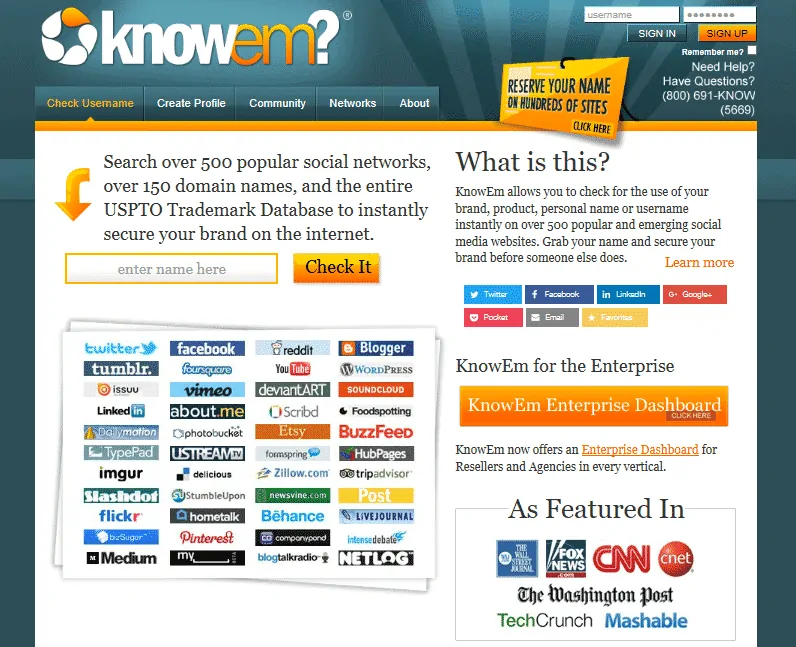
- Separate your personal social media profile from your professional pages.
- Use consistent/similar headshots as your profile picture on different social media platforms.
- Create a professional looking website with an about me page, a contact me page, a blog and your portfolio. Don’t forget to mention on your website about the newspapers, magazines, and other websites that have mentioned or written about you.

- Develop a creative and intriguing business card and mention your username and your website address on it.
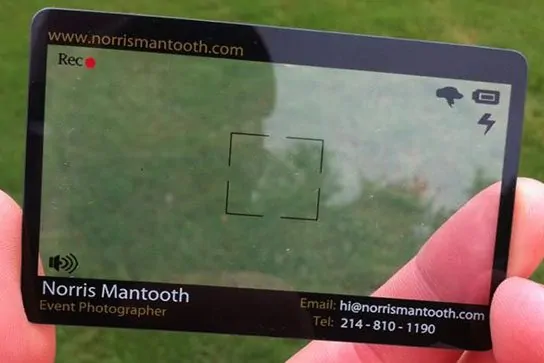
- Other offline assets like office (and cabins) can also be designed in a similar manner.
Plan Strategies To Reach Your Target Market
Once everything is in place, it’s time to reach the target market and increase your brand awareness. We suggest following these outreach strategies:
Social Media Strategy
A social media website is where your target audience get to interact with you. It’s a perfect place to engage with them by capitalizing on the trend and your communication skills.
A personal brand’s social media strategy is different from a corporate brand’s social media strategy. Corporates look for ways to act like humans and employ many corporate humanization strategies for the same. You, on the other hand, have an upper hand that your audience already know that they’ll be engaging with a real person who has certain characteristics and emotions.
Plan a social media strategy that solves your challenges of increasing exposure and engagement. Share what they like. Share something new. Share niche relevant content. But share after researching what appeals to them. Your research of your target audience in the previous steps will help you in this step as well.
Blog Strategy
Your blog is where you showcase your skills and attract the target audience organically. Several inbound marketing strategies can be used for the same. Posting niche relevant articles and giving your opinions about what’s happening in your niche is a great way of attracting people to read your blog.
You can either blog on your personal website or use other blogging platforms like Medium, Wordpress, BlogSpot, etc. depending upon where your target audience is.
Forums
Another way to promote your brand and your website is by answering questions and connecting with your target audience on niche relevant forums. Answering and posting a link to your website on Quora and other niche related communities can get you more exposure.
Email Strategy
Sending personalized emails to the target audience strengthens the bond and make them promote you through word of mouth. You can also craft an email strategy where you send them niche relevant news, or notification about new articles on your website, or just answering their questions.
Another great email strategy is planning and executing an email outreach programme where you target different niche relevant websites and ask them for opportunities to guest post on their websites.
Press Release Strategy
You can use several websites like HARO, Profnet, etc. which connect journalists to experts to get media exposure. Or you can use paid PR services provided by PR Newswire, The Hoth, etc. to spread a word about your personal brand and get more exposure.
Personal Branding Strategies
Here are a few other strategies you can use to build your personal brand.
Build A Story
Storytelling leads to better connections and more engagement. Many successful personal brands like Richard Branson, Bill Gates, etc. write books about their life struggles and accomplishments and use this strategy to connect to the audience.
The story tells the audience more about your personality. However, the story should be simple and should be able to capture the interest of the audience.
Focus On Associations
Associations act as a catalyst in brand building. Your brand is automatically built if you own a unicorn startup or an MNC. However, it may take you a lot of time to build your brand if you don’t have such associations. Hence, try to focus on the association that’ll lead you to achieve your goals at a faster pace.
Be Consistent
Consistency is the key to brand building. We’ve already talked about consistent usernames and headshots before, but you should also be consistent in what you post, what words you use, what you stand for, etc.
Be Persistent
A brand isn’t built in a day. It takes years to build a personal brand. Be persistent in what you’re doing, but make sure you’re doing it right.
Go On, Tell Us What You Think!
Did we miss something? Come on! Tell us what you think about our article on personal branding in the comments section.
A startup consultant, digital marketer, traveller, and philomath. Aashish has worked with over 20 startups and successfully helped them ideate, raise money, and succeed. When not working, he can be found hiking, camping, and stargazing.
